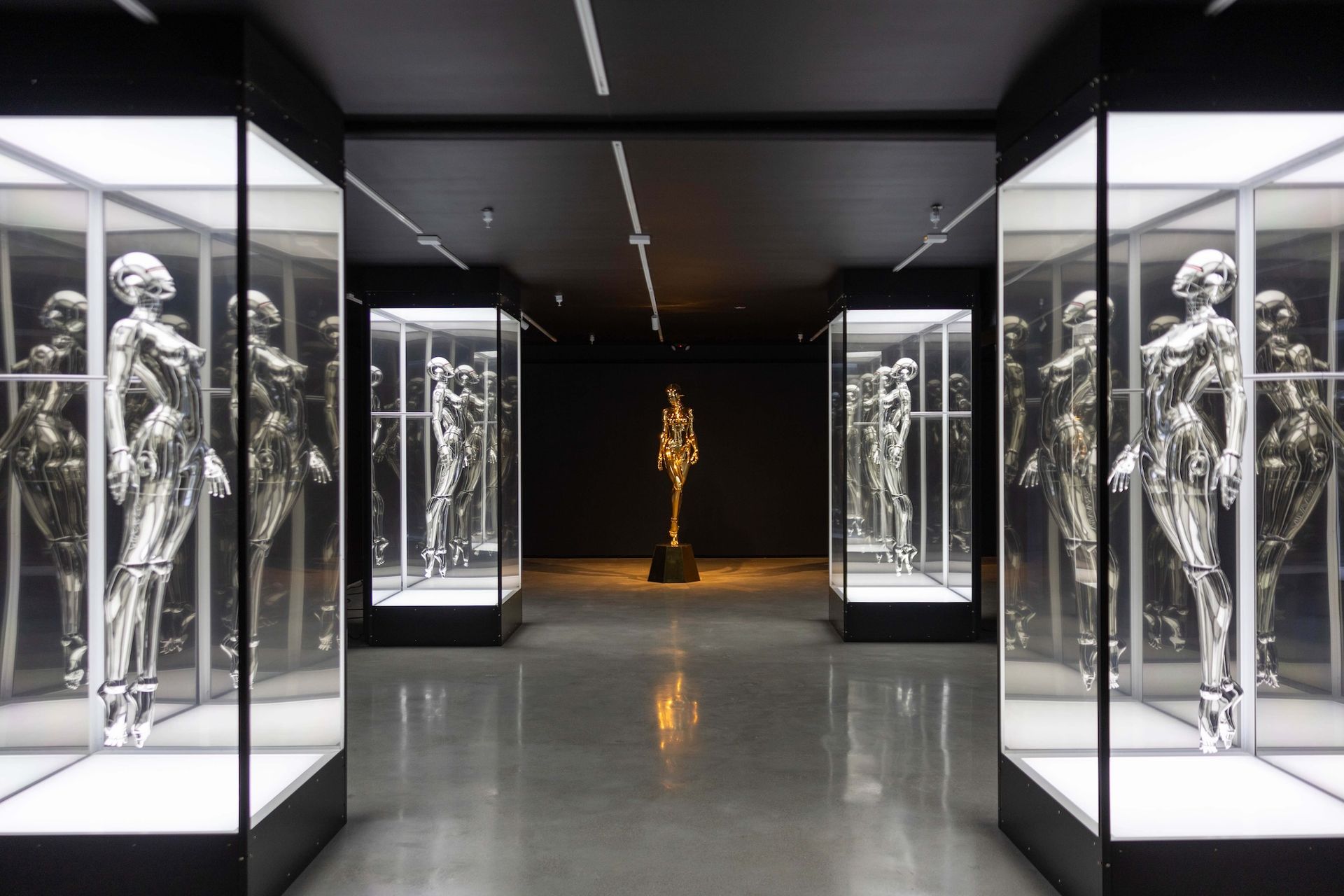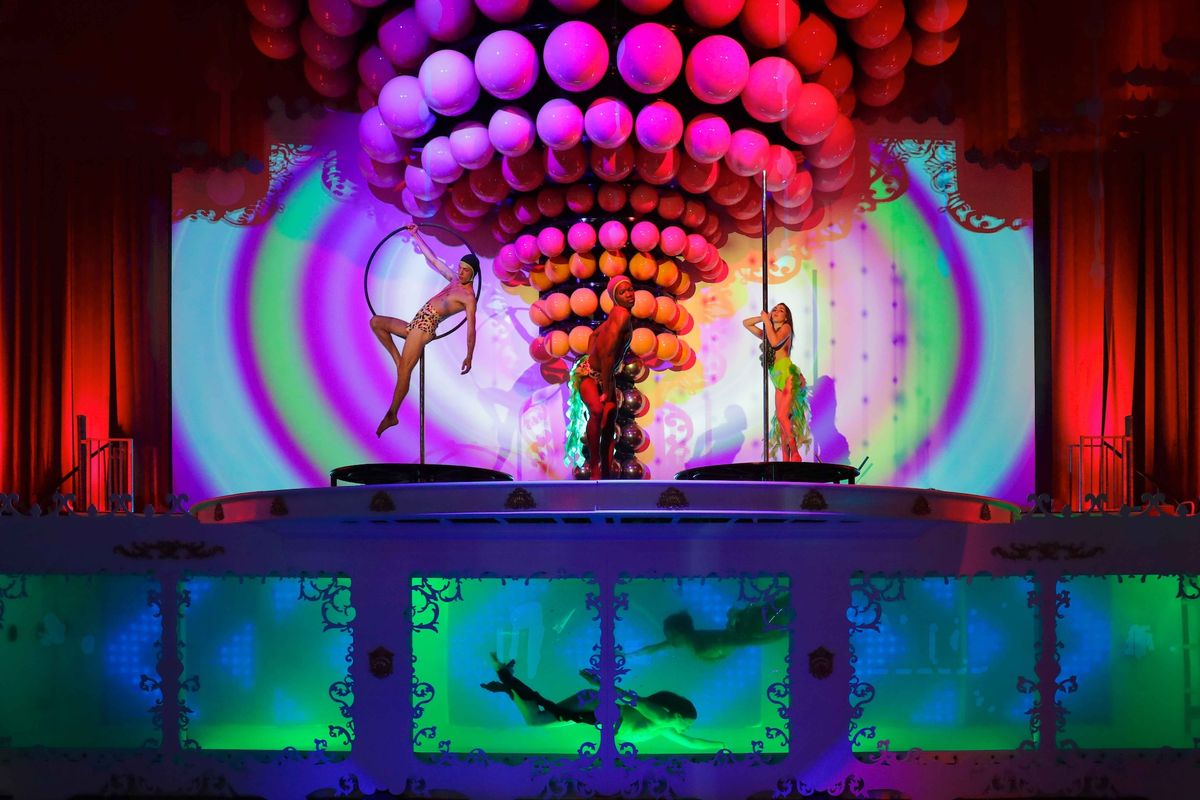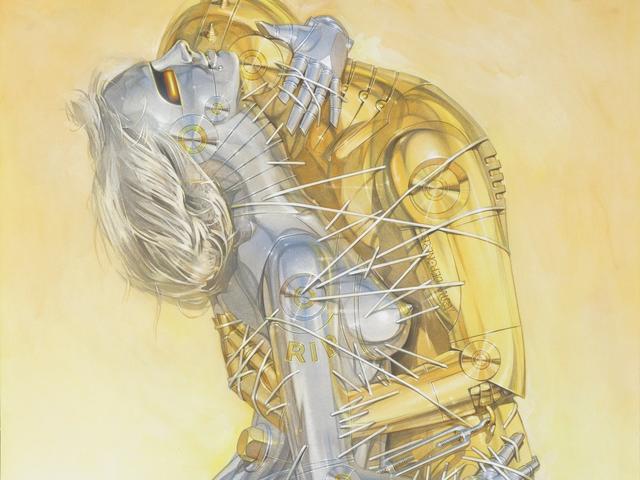After more than a year of delays, the Museum of Sex (MoSex) finally opens its Miami branch today (31 October) with an elaborate Halloween party starting at 9pm—complete with a Salvador Dalí-inspired erotic mermaid show and an exhibition by the Japanese pin-up artist Hajime Sorayama. At long last, visitors will be able to explore an “array of spaces designed to engage and educate visitors on the broad spectrum of human sexuality”, Daniel Gluck, the founder and executive director of MoSex, tells The Art Newspaper.
The new Miami space features sex toys, erotic art and historical artefacts of desire from MoSex’s permanent collection of more than 15,000 objects spanning the history of sensuality in the US. It also includes a larger, permanent version of the original New York City location’s popular Super Funland, which draws on the erotic history of carnivals with artist-designed versions of classic games, a riding bull and immersive, playful explorations of the human form.
Located in the neighbourhood of Allapattah, a 32,000-sq.-ft building that once served as a distribution centre for the Miami Herald was redeveloped to house MoSex Miami by the architectural firm Snøhetta. The space is perfect for displaying Sorayama's sexy robots.
“Miami's expansive venue allowed for the grand display of Sorayama's sculptures, reflecting themes of technology and eroticism that resonate with the city's art scene,” Gluck says. “With AI and robotics on the rise in cultural interest, Sorayama's work feels timely, engaging Miami's tech-savvy audience in discussions about technology's impact on human identity.”
Presenting rows upon rows of the artist’s titillating chrome robot sexdolls, as well as paintings of Sorayama's trademark cyborg female form, the show will be up during this year’s Art Basel Miami Beach (4-8 December), poking salacious fun at Miami’s reputation for technological futurism.

Installation view of Hajime Sorayama: Desire Machines at the Museum of Sex, Miami Courtesy the Museum of Sex
The centrepiece at MoSex Miami is a huge reimagining of Dalí’s Dream of Venus, a pavilion that the Surrealist built for the 1939 New York World’s Fair, where actresses in rubber tails performed underwater scenes in the artist’s reimagining of a funhouse aquarium display. (It was repeatedly censored at the time—and originally titled Dalí’s Naked Dream.) MoSex’s version draws on Florida’s unique history of mermaid performances in places like Weeki Wachee Springs to create an underwater burlesque show unlike any other.
South Florida has a long and rich history as a centre for erotic filmmakers and performers, from the infamous film Deep Throat to the director Doris Wishman’s legacy of sexploitation. And it continues to this day, making the expansion to Miami an easy choice for MoSex. Still, the museum has had a difficult year.
Gluck notes that the delayed opening of the Miami branch was due to “logistical and construction-related challenges” during the “meticulous” renovation of its giant warehouse building. In addition to the delayed opening, the museum’s home branch in New York has been embroiled in both a class-action lawsuit accusing the institution of “ambushing” ticket buyers with a $4 ticket fee and a case brought by the artist Julia Sinelnikova, whose likeness was used in advertisements for Super Funland without consent.
MoSex’s inclusive celebration of human desire opens as several Miami cultural institutions face major state-funding cuts, which Florida’s Governor Ron DeSantis explicitly tied to “sexual” content in the arts. MoSex’s New York location has been uniquely able to bring in a combination of locals and tourists; as Miami faces a new and uncertain era in its vibrant queer history, perhaps this carnival of kink and inflatable genitalia will be a new space for exploration in a place with a complicated relationship to its own hypersexual history.



